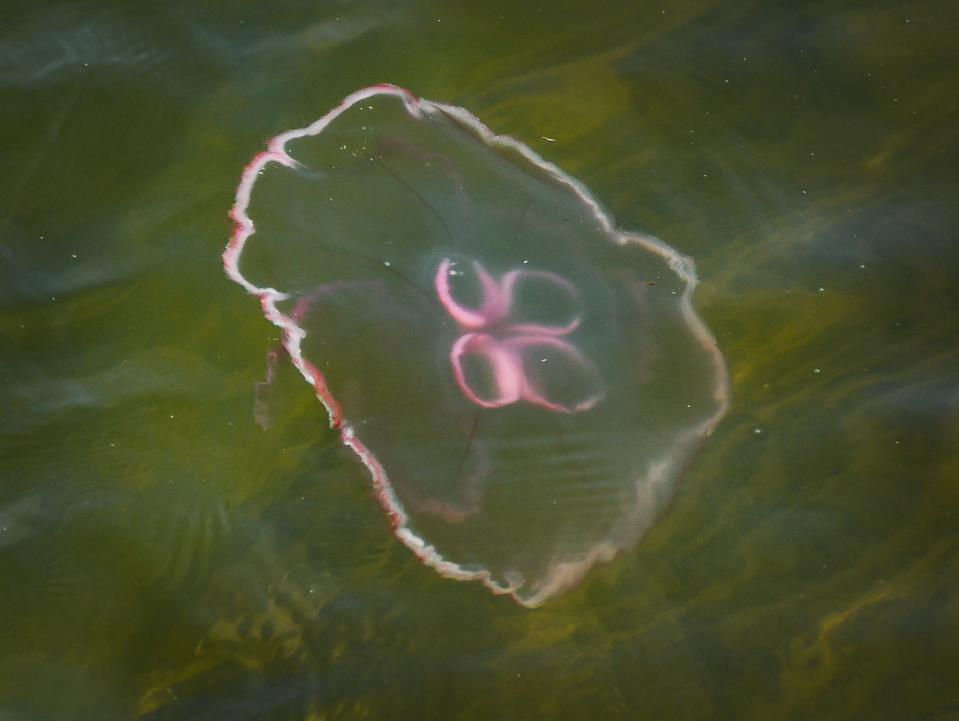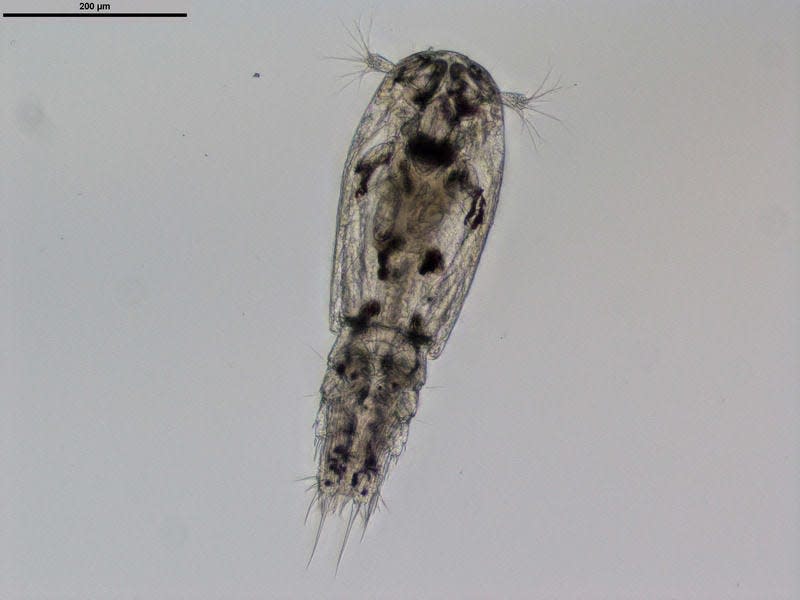Pesky 'sea lice' itching up a storm on Brevard's beaches as Hurricane Lee passes us by
Pesky 'sea lice' have itched up a storm in Cocoa Beach this week, as a distant Hurricane Lee also promises to stir things up along the Space Coast.
Swimmers and surfers are fending off jellyfish and so-called "sea lice," or jellyfish larvae that can inflict nasty rashes this week on Brevard County beaches.
"Sea lice are common this time of year," Duane De Freese, executive director of the Indian River Lagoon Program, said via email. "Outbreaks coincide with concentrations of jellyfish larvae that sting and can cause skin irritation."
Some groups on social media were posting of cancelled swimming trips this week in Cocoa Beach because of the sea lice have grown so annoying.

Sea lice worsen this time of year, as shifts in winds and currents bring lots of jellyfish into Brevard's surf zones and onto the beach.
Sea lice bites usually occur beneath the swimsuit. Sea lice are too small to be visible, but they can cling to swimmers and be passed on to others.
Lifeguards often suggest washing all clothing after a day at the beach, because sea lice will get into the webbing of bathing suits and stay there.

According to state health officials, an oral antihistamine may help to relieve the itching. Also, an over-the-counter topical 1% cortisone skin cream or sting aid can help.
Peak months for complaints about this rash are March through August, accroding to the Florida Department of Health. "Outbreaks have intensified and become more severe over the years, as reflected by the number of cases reported," health officials say in a flyer about the creatures.
Where is it safe to swim in Brevard? Check out our interactive map
Visit the Florida Healthy Beaches program here: www.floridahealth.gov/environmental-health/beach-water-quality/index.html
This article originally appeared on Florida Today: Sea lice, or jellyfish larvae, bother Cocoa Beach on Florida shore

